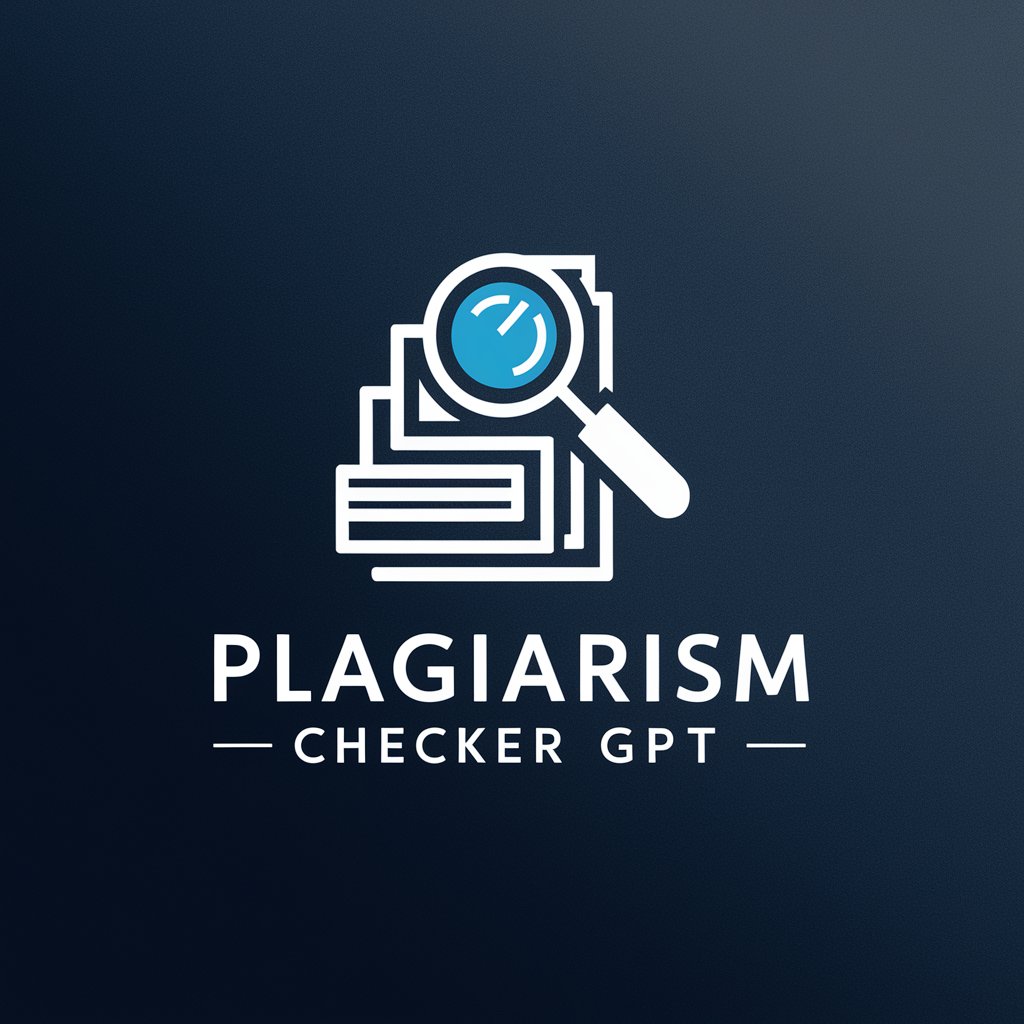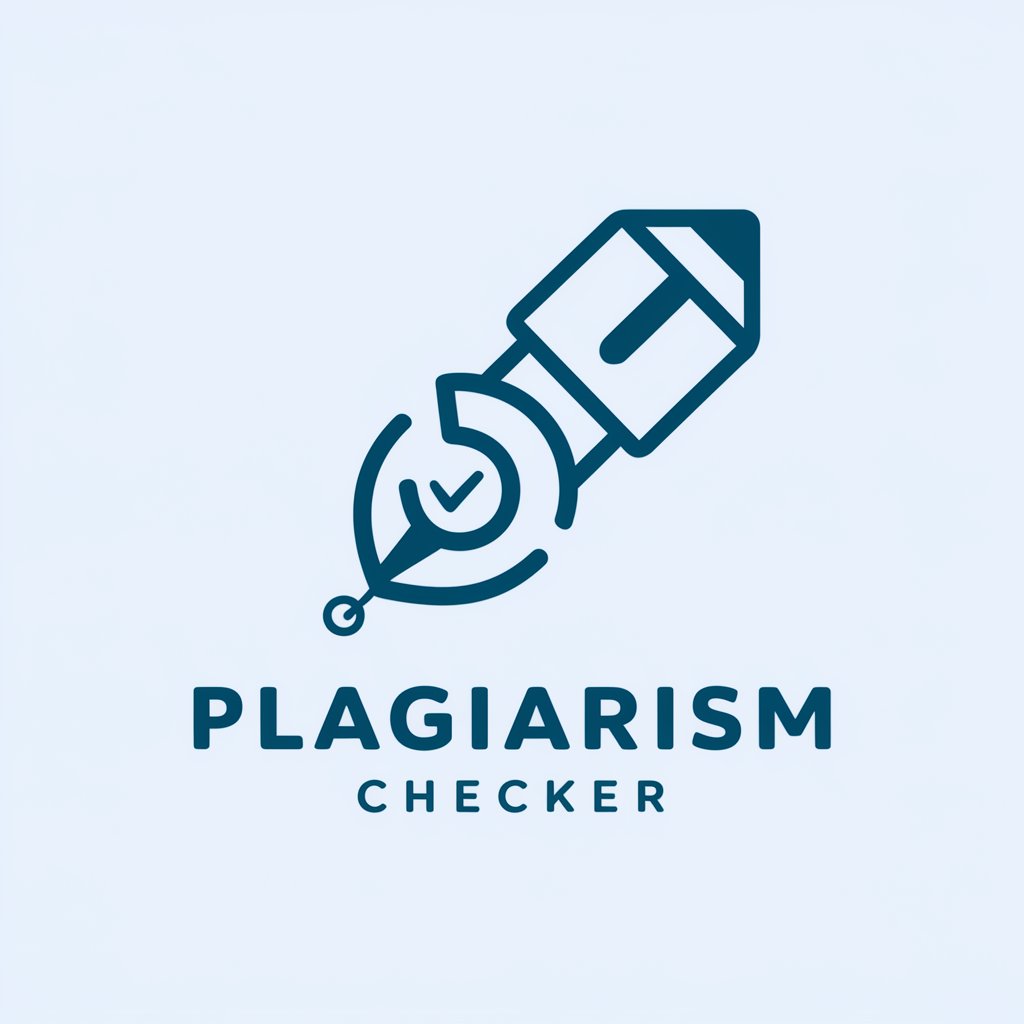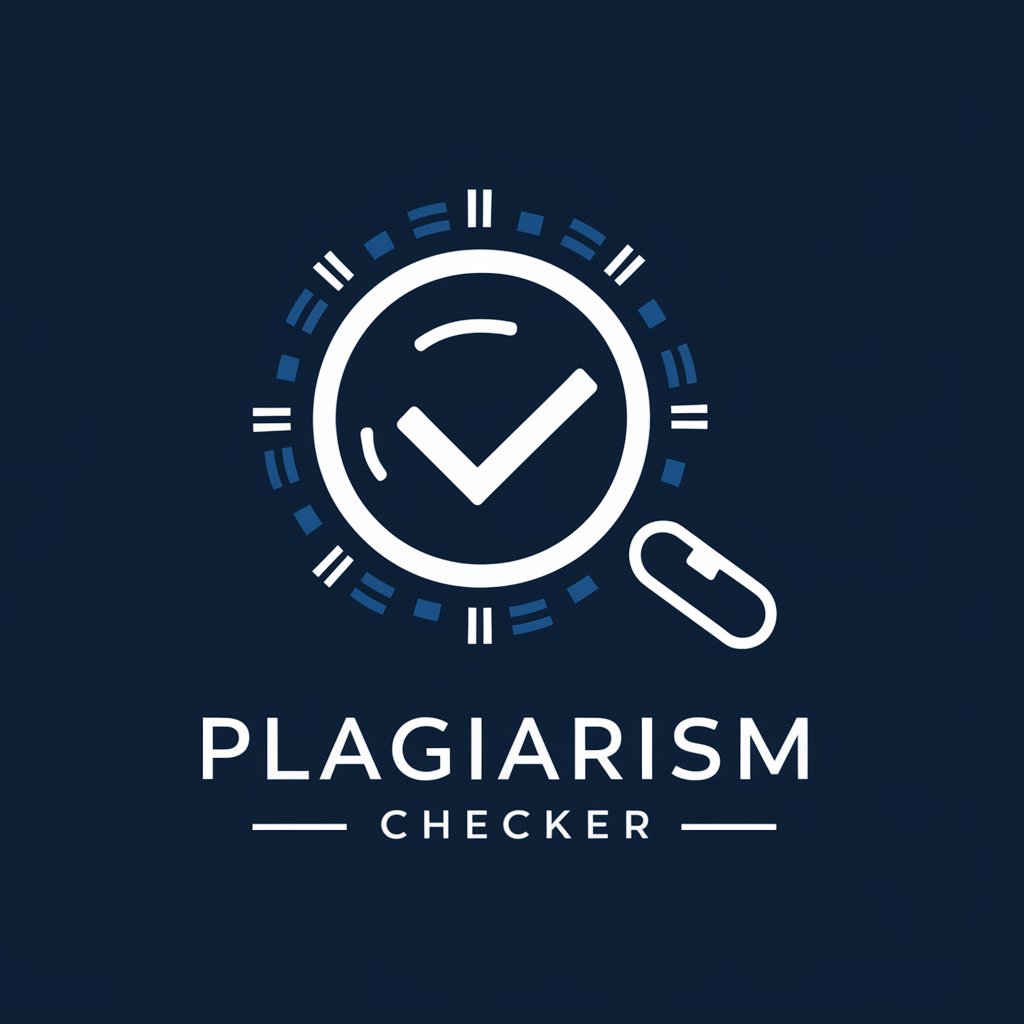
Essay Similarity Checker - Essay Originality Analysis
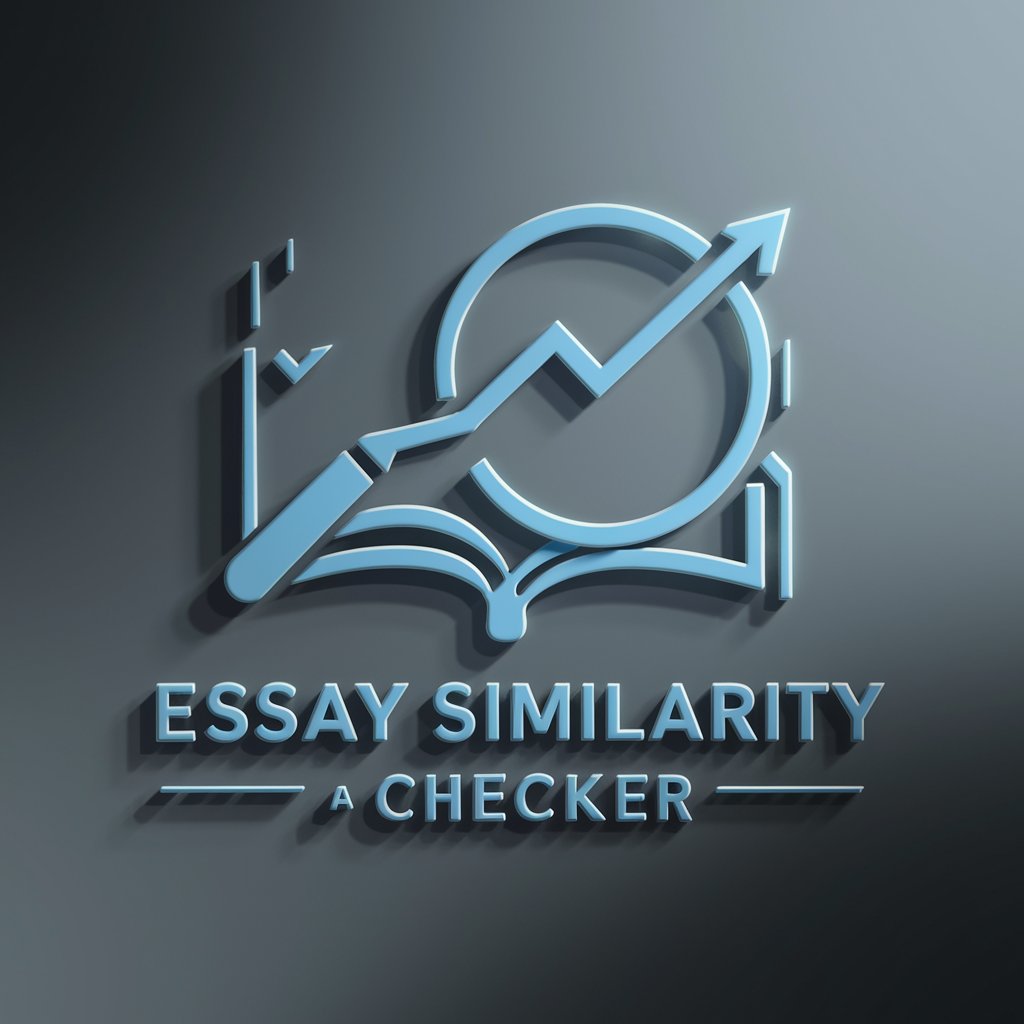
Hello! I'm here to help you check essay similarities and improve writing originality.
Empowering Originality with AI
Analyze the similarities between these two essays:
Compare the structural and phrasal patterns in the provided texts:
Highlight matching sections between this essay and the given reference:
Identify and score the similarities between these documents:
Get Embed Code
Introduction to Essay Similarity Checker
The Essay Similarity Checker is a specialized tool designed to analyze and compare essays against a vast database of texts to identify similarities and potential instances of plagiarism. Its core function revolves around providing users with a similarity score, which quantifies the extent of resemblance between the submitted essay and any pre-existing text. The tool also highlights specific sections of the text that match other sources, offering users a clear view of which parts of their essay may need revision to ensure originality. A typical scenario might involve a student submitting their research paper to the checker. The tool then processes the text, comparing it with academic journals, books, and articles available in its database. If the tool finds significant overlap with a published paper, it will flag the sections in question, allowing the student to rework those parts to avoid plagiarism. This process not only helps in maintaining academic integrity but also in improving the writing skills of the user by encouraging the creation of original content. Powered by ChatGPT-4o。

Main Functions of Essay Similarity Checker
Similarity Scoring
Example
A user submits an essay, and the tool returns a similarity score of 25%, indicating that a quarter of the essay matches with existing texts.
Scenario
This function is particularly useful for educators reviewing multiple student submissions, enabling them to quickly identify essays that may require a closer look for potential plagiarism.
Highlighting Matching Sections
Example
The tool identifies and highlights verbatim text matches as well as paraphrased content that closely resembles the source material.
Scenario
For authors looking to publish their work, this function helps ensure their content is original and free from unintentional plagiarism, safeguarding their credibility and intellectual property.
Source Identification
Example
When the checker finds similarities, it provides references to the sources of the matched content, facilitating further investigation.
Scenario
Researchers can use this function to track down primary sources for proper citation, enhancing the credibility of their work.
Originality Tips
Example
After analysis, the tool offers suggestions for improving the originality of the text, guiding users on how to better paraphrase or cite sources.
Scenario
This is beneficial for students learning to navigate the complexities of academic writing, helping them to develop skills in paraphrasing, summarizing, and citing sources correctly.
Ideal Users of Essay Similarity Checker Services
Students
Students, from high school to postgraduate levels, can benefit from the service by ensuring their assignments are original and free from plagiarism, a crucial aspect of academic integrity.
Educators
Educators and academic instructors can use the tool to verify the originality of submissions, maintaining the standard of academic work and preventing plagiarism among students.
Writers and Researchers
Professional writers and researchers can utilize the tool to check their works before publication, ensuring their content is unique and avoiding potential legal and ethical issues related to copyright infringement.
Publishers and Editors
Publishers and editors can employ the checker to screen texts for originality, safeguarding the reputation of their publications and avoiding the dissemination of plagiarized content.

How to Use Essay Similarity Checker
Access the tool
Start by visiting yeschat.ai to access the Essay Similarity Checker for a free trial, with no need to log in or subscribe to ChatGPT Plus.
Upload your essay
Upload the text of your essay or paste it directly into the designated input field. Ensure that the essay is in a supported format (e.g., .docx, .pdf, or plain text).
Specify reference materials
If available, provide any specific texts or documents you wish the essay to be compared against to enhance the accuracy of the similarity analysis.
Initiate analysis
Click the 'Analyze' button to start the similarity check. The tool will then process your essay, comparing it against the provided reference materials and a vast database of sources.
Review results
Examine the detailed report generated by the tool, which includes a similarity score and highlights sections of your essay that match other texts. Use this feedback to make any necessary revisions to your work.
Try other advanced and practical GPTs
English Essay Writing GPT
AI-powered, Personalized Essay Writing Support

essay writer
Crafting Essays with AI Precision

Efficient Seoul Travel Planner
Navigate Seoul with AI-Powered Precision

NYC Vacation
Your AI-powered guide to New York City.

Key West Vacation
Discover Key West with AI-powered insights

NYC Travel
AI-powered NYC travel guide

GPT Thesis Guru Unleashed V2.03
AI-powered Thesis Crafting Simplified
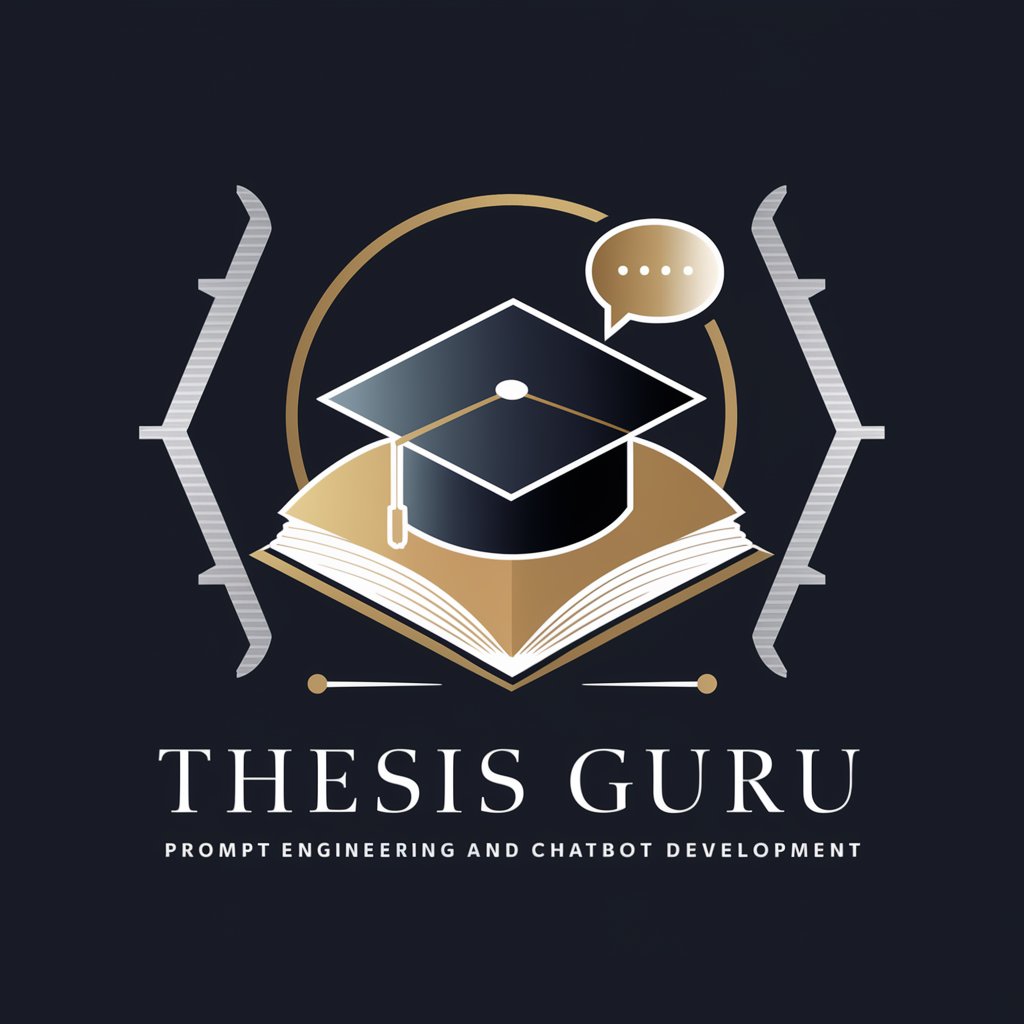
Freebird Writing Wizard
Elevate Your Writing with AI

Modern Marketing, Writing Assistant & Trainer
Empowering Creativity with AI Insight

SEO Content Writing
Elevate Your Content with AI

Writing
Elevate Your Writing with AI Power
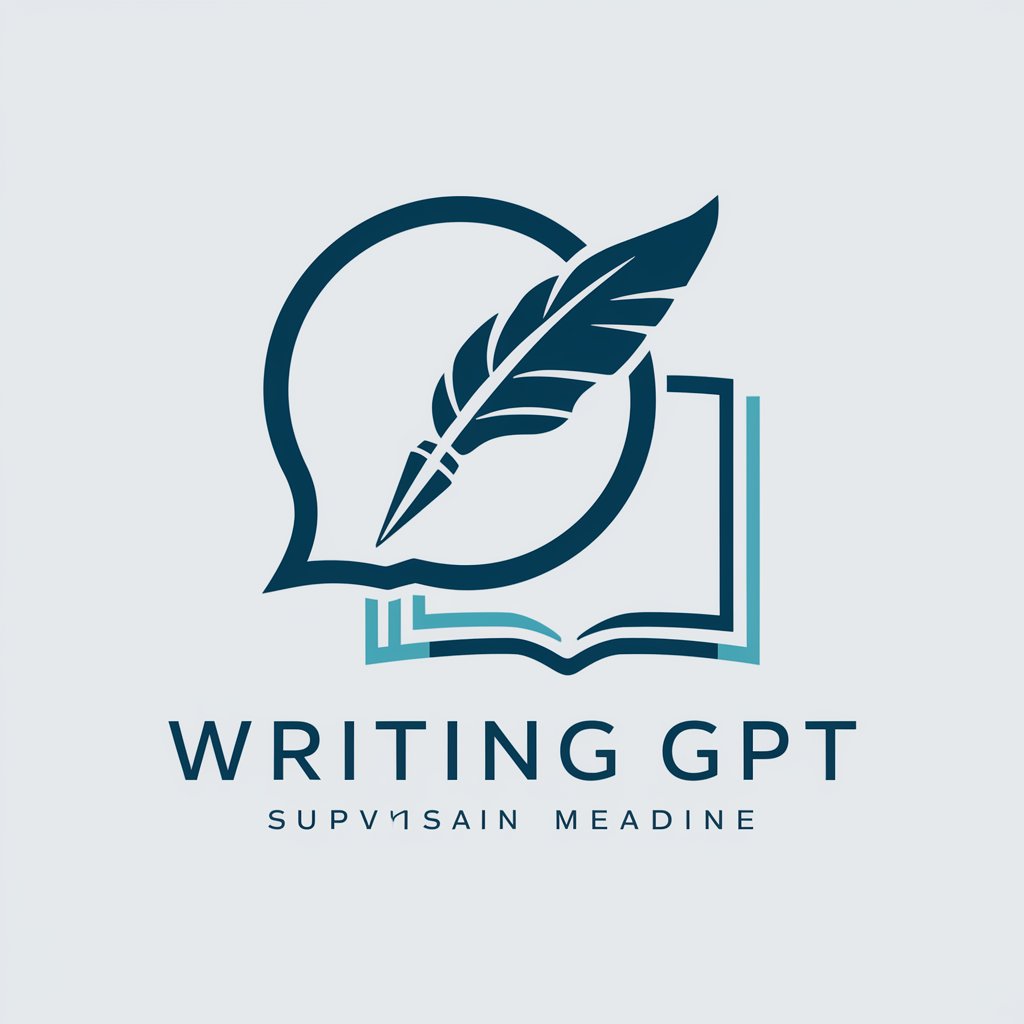
Jay GPT
Empowering decisions with AI-driven insights.

Essay Similarity Checker FAQs
What is the Essay Similarity Checker?
The Essay Similarity Checker is an AI-powered tool designed to identify and analyze similarities between your essay and a wide range of texts. It provides a similarity score and highlights matching sections to help improve the originality of your work.
Can I use the tool for non-academic texts?
Yes, while the tool is primarily designed for academic essays, it can also be used to check the similarity of any written content, including articles, reports, and personal writings.
Is there a word limit for the texts submitted for analysis?
The tool can handle texts of various lengths, but for optimal performance and faster processing, it is recommended to submit essays that are under 10,000 words.
How does the tool handle privacy and data security?
Privacy and data security are paramount. Submitted essays are processed securely, and personal information is not stored or shared without consent. Always review the tool's privacy policy for detailed information.
Can I check my essay against specific sources?
Yes, the tool allows you to upload or specify particular texts or documents against which your essay will be compared, enabling a more targeted similarity analysis.
